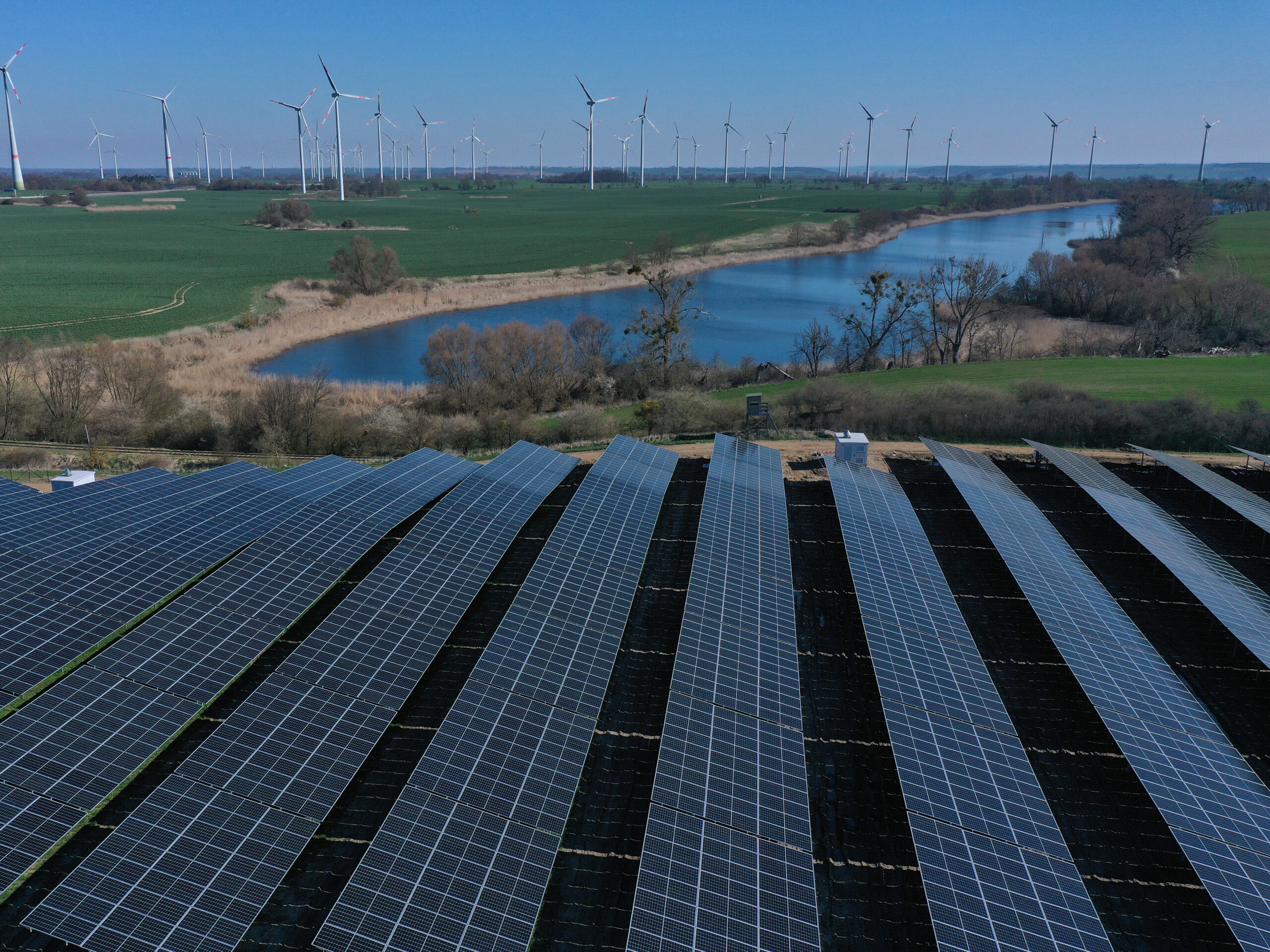
By K Raveendran
After establishing complete dominance in global solar supply chain, China is all set to maintain a firm grip of the global wind manufacturing market share. The new opportunity has been presented to Beijing on a platter, thanks to certain developments in the wake of a new law issued by the United States as part of the plan to fight inflation.
With wind sector spending expected to increase by $70 billion in 2023, China is ready to swoop in and take a larger slice of the offshore wind sector as companies in the US, another leader in the business, struggle to compete globally, in the wake of the prospects of tax incentives under the US inflation reduction Act being removed.
The US law was expected to increase supply chain capacity and domestic renewable demand, reduce US solar PV project costs and aid the expansion of battery cell output, while also incentivizing expansion of domestic low-carbon manufacturing. But the new developments in the wake of the ongoing US debt ceiling negotiations have altered the scene completely.
Permitting reform complexities aside, if the debt ceiling negotiations undercut the Act’s low-carbon supply chain incentives, the global competitiveness of US manufacturing will take a significant hit. But the ongoing US debt ceiling negotiations are threatening the ability of the low-carbon supply chain to catch up with foreign peers, particularly China, which is seen to remain hungry for international orders to boost struggling activity levels.
The global low-carbon manufacturing opportunity set is both significant and growing rapidly. Investments this year are expected to grow year-on-year by over 25 percent for onshore and offshore wind, as well as 138 percent for hydrogen and 494 percent for carbon capture and storage (CCS). All told, global investments in renewables are on track to be larger than those within oil and gas by 2025.
The Inflation Reduction Act was poised to give a much-needed boost to what was a stagnant domestic manufacturing industry. But if the debt ceiling negotiations undercut the Act’s low-carbon supply chain incentives, the global competitiveness of US manufacturing will take a significant hit.
US manufacturing is at almost its lowest inflation-adjusted level for the past 20 years. Only the immediate aftermath of the 2008 financial crisis and the Covid-19 pandemic-impacted year of 2020 saw such low inflation-adjusted manufacturing activity. While manufacturers’ new orders are at an all-time high in absolute terms, this is due mainly to the prolonged inflationary period rather than a result of a booming industry.
Adjusting for inflation, the picture looks even bleaker: new orders in this year’s first quarter are almost one-third below the average between 2010 and 2014. In absolute US dollar terms, new orders in the first quarter of this year were over $1.7 billion per month – the highest since the second quarter of 2015. When adjusted for inflation, however, they are below new orders in the first quarter of 2020 before the onset of the pandemic late in that quarter.
Similarly, contractionary or stale trends have also been observed when normalizing new manufacturing orders in the US for industrial machinery, electrical equipment and power transmission equipment, such as turbines and generators – none has boasted substantial inflation-normalized growth since the early 2000s.
While technological advancements have helped, they have not offset rising labour costs. US manufacturing activity is also heavily influenced by the strength or weakness of the US dollar relative to other currencies. As the US dollar strengthens, goods manufactured outside the US become more cost competitive. Between 2002 to 2007, the weak dollar was a major contributing factor to the surge in domestic manufacturing activity. Over the past two years, the dollar has been abnormally strong, triggering a significant cost disadvantage for US manufacturing against international orders.
Considering the state of the US manufacturing industry at large, the potential repeal of incentives under the inflation reduction Act would be yet another setback to the US domestic manufacturing industry and would see the country’s manufacturing sector miss out on the rising tide of global low-carbon demand. And the clear winner is China, which already has a preeminent position in the solar energy manufacturing market. (IPA Service)
The post China All Set To Extend Its Solar Dominance To Global Wind Energy Sector first appeared on IPA Newspack.


